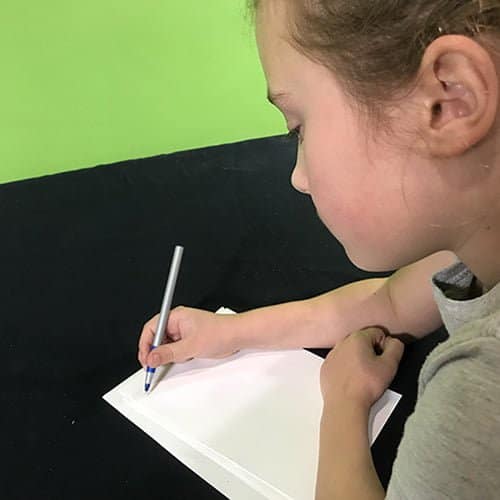Teaching science is typically constructivist in nature and the 5E model of teaching is perfect for this! It’s about helping students experiencing real things whilst applying the scientific method to find out how the world works, all whilst supported by a structure that helps students apply their newly found knowledge to new situations & evaluating the results. The 5E model of teaching has been around since 1987 and has helped teachers around the world create learning sequences that have real student impact.
Applying the 5e model for science teaching
There are 5 clear steps in the 5E model; Engage, Explore, Explain, Elaborate & Evaluate.
-
Engage
Grab their attention! Using student engagement techniques can be as simple as discussing stimulus material around the room, a student role play, perhaps creating a scenario that intrigues the learner or starting them off on a STEM challenge that addresses the concept you’re teaching. You’re looking to find out the student’s prior knowledge by engaging them in an activity that opens up a dialogue between you and the students. It’s from that dialogue that you can then shape the rest of your lesson sequence whilst beginning to create connections between the students and the science topic.
-
Explore

Constructing bridges to test truss arrangementsTime to get hands-on! There are so many hands-on science experiments that can help students explore a scientific concept. Ideally, the experiments should allow students to investigate variable testing so that they can see changes in their results. Aim for the students to try different activities that are related to the central topic and encourage students to circle around the room to compare their results amongst each other.
-
Explain
So, why did this happen? This phase of the 5E model aims to help students form their own explanations about what they observed in their explanations. Students could explain their results using their own scientific report, a student poster, a blog article, a student podcast and more. This phase helps students construct their knowledge formally and demonstrate what they have discovered so far.
-
Elaborate
Time to go further! How can students apply their new knowledge in a different setting? Perhaps your students have been learning about how electricity flows through a circuit; now you can ask them to create a circuit that creates a room alarm or that powers a toy car. Allow plenty of opportunities for students to discuss their ideas and understanding with each other. This phase of the 5E model is about cementing student capability and increasing their confidence in the topic
-
Evaluate
So, what have we learned? This final phase is about student reflection on what they have done over the unit of work. By reviewing the results from their experiments and looking at how well they applied their ideas to new settings, students should now be able to point out new skills & knowledge they’ve gained and be able to describe how this might be useful in future investigations.
Applying the 5E teaching and learning model in the science classroom is highly effective for all manner of learners. It’s all about supporting student enquiry and providing opportunities for students to dig deeper as they learn more about a topic. Give it a go, your students will love it!
Happy teaching,






























Comments